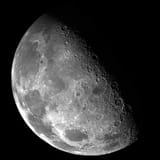Moon Monday #211: A long march of lunar papers from China, and mission updates
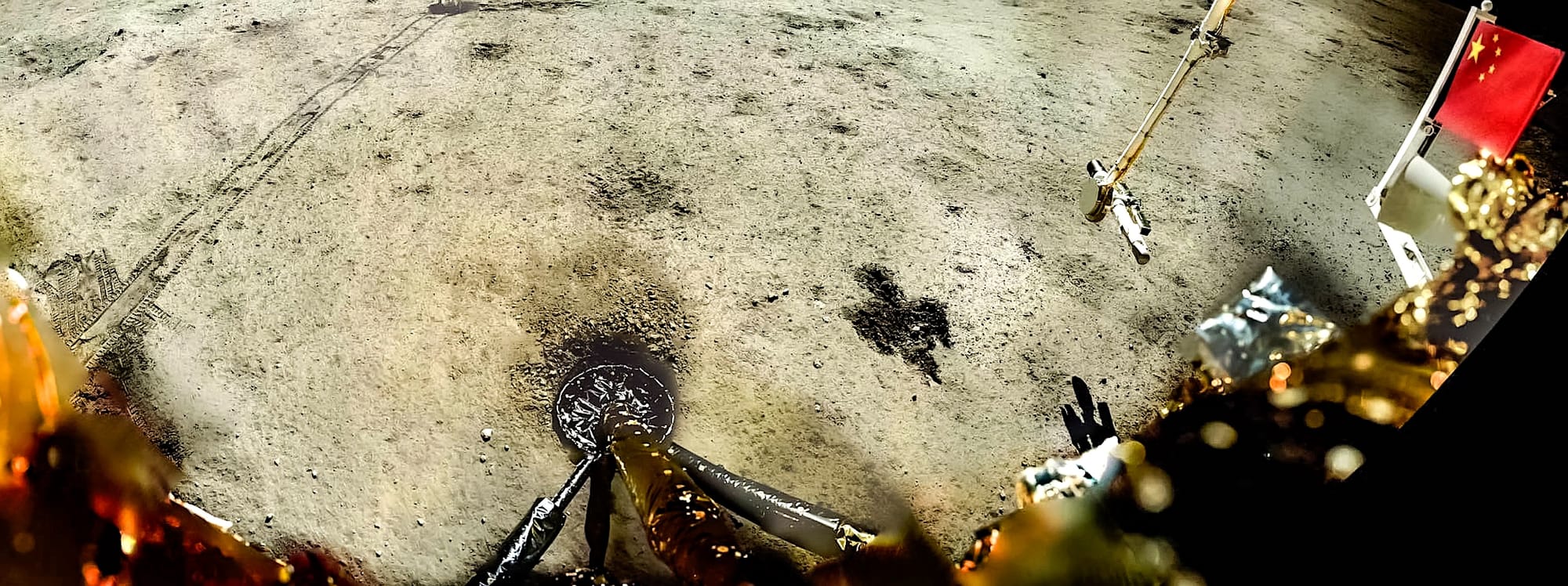
Chinese researchers have published a whole range of papers lately on their recent lunar exploration outcomes as well as ongoing scoping of future ambitions. Here’s a contextualized compilation.
- Studying rocks from the first lunar farside samples brought to Earth by the Chang’e 6 mission has revealed that the Moon’s global magnetic field persisted longer than thought. Read:
- The above finding comes shortly after Chinese scientists associated with the mission dated volcanic samples from Chang’e 6. Read:
- CAS Release One and Two
- Papers in Nature and Science
- Moon Monday coverage
- Chinese researchers at large can now apply for access to Chang’e 6 samples as of November last year, which came after curation and storage of samples was complete. The first batch of Chang’e 6 samples to be dispatched were approved late December alongside the eight batch of Chang’e 5 samples—a total of 8.55 grams across 16 research institutions. However, the Chang’e 5 sample dispatch doesn’t yet include approvals for international proposals as was expected, which might be due to the fact the US and China are taking long to finalize terms for US researchers to access Chang’e 5 samples after NASA sought and secured a US Congressional exception for the same in late 2023.
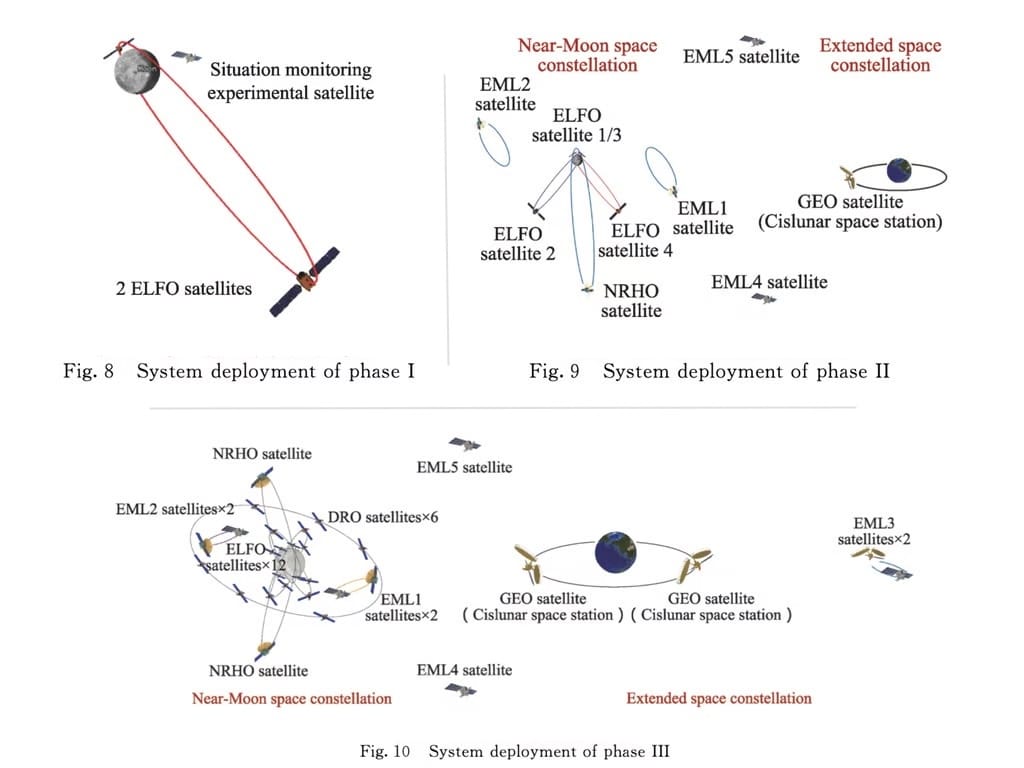
- The Journal of Deep Space Exploration published a special edition of papers (in Chinese) which take a systematic look at mapping lunar lava tubes to asses their potential as long-term astronaut habitats in the future. Read:
- The series of papers
- Summary by Andrew Jones
- International efforts to study and explore lava tubes
- The Chinese Journal of Space Science published a review paper summarizing the scientific findings from Chang’e 4 and Chang’e 5.
- To summarize the summary: Chang’e 4 greatly helped constrain the nature of cosmic ray radiation on our Moon’s farside, which will help plan safer future crewed missions leading to a Moonbase. Samples return to Earth by Chang’e 5 have helped scientists determine truer ages of lunar features, refine the nature of impacts over the last two billion years in the inner Solar System, and shed light on young lunar volcanism while also finding 120-million-year young volcanic beads—which have collectively opened up more enigmas about the Moon’s interior and its evolution.
- Chinese researchers devised a method to produce water on the Moon by heating regolith containing the commonly found lunar mineral Ilmenite, a system that might provide a rather high output ratio of about 50 litres of water per ton (metric, obviously) of processed material for future astronauts at Moonbases. Read:
- Institute Release
- Paper in The Innovation
- Coverage by Matt Williams
- Last but most certainly not the least, China is conducting multiple independent studies to make a lunar navigation and communications constellation, building on last year’s launch and operationalization of Queqiao 2. Read:
- Paper in the journal Chinese Space Science and Technology on a phased navcom constellation of 30+ satellites
- Paper in Springer Nature on a constellation that optimizes for the Moon’s south pole
- Paper in the Chinese Journal of Space Science proposing integrating China’s Queqiao lunar satellites with the existing Earthbound Tianlian ones
- Related coverage by Ling Xin and Andrew Jones
- Moon Monday coverage of how everything fits together
Mission updates
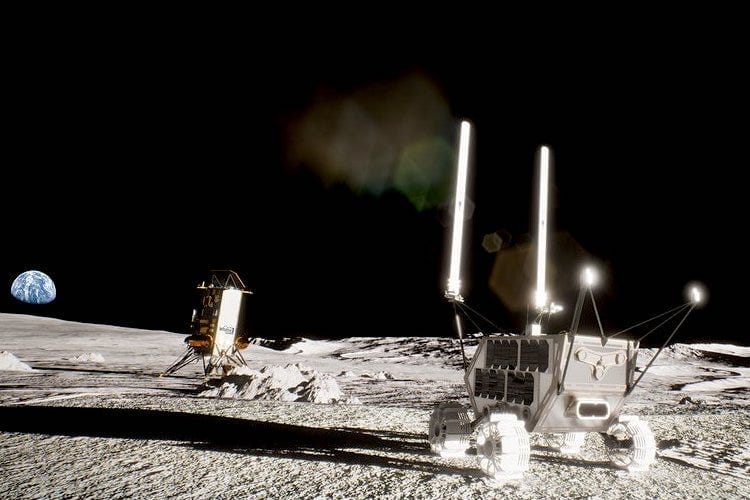
- Intuitive Machines has delivered its Athena lander to SpaceX for the company’s second Moon landing mission part of NASA’s CLPS program. Athena will launch on a Falcon 9 rocket no earlier than February 26, carrying the agency’s payloads, a rover by Lunar Outpost, a hopper, and more. Launching alongside Athena as a rocket rideshare is the also NASA-funded Lunar Trailblazer orbiter. Trailblazer will provide scientists with unprecedented, high-resolution global maps of the amount, distribution, and state of water across our Moon. It will also help us better understand several other key scientific aspects of Luna. While Athena will head straight for the Moon post-launch and reach within a week, Lunar Trailblazer will spend four to seven months in a low-energy, fuel-efficient transfer trajectory before entering lunar orbit—similar to ispace Japan’s recently launched Moon mission.
- On February 1, NASA requested the agency-backed Lunar Exploration Analysis Group (LEAG) to pause all of its meetings and activities while NASA conducts a review to ensure their compliance with the many recent executive orders passed by the US President under the new administration. NASA asked LEAG to communicate this update to community members. Recall that LEAG’s founding purpose is to help NASA forge and meet its Moon exploration objectives by providing analysis across scientific, technical, commercial, and operational aspects.
- ESA is awarding a $882 million contract to a European consortium led by Thales Alenia Space for developing the Lunar Descent Element technologically central to the continent’s upcoming large Moon lander called Argonaut. ESA says it will select the entity managing Argonaut missions by end of 2026. Launching no earlier than 2031 onboard an Ariane 64 rocket, Argonaut will be capable of deploying about 2,000 kilograms of payload on the Moon. With a planned launch cadence of two years, ESA hopes for Argonaut to support NASA’s Artemis crewed missions and its eventual Moonbase with navigation and communications equipment, cargo supplies for astronauts, large rover deliveries, and habitat-related infrastructure such as lunar oxygen extractors and solar arrays.
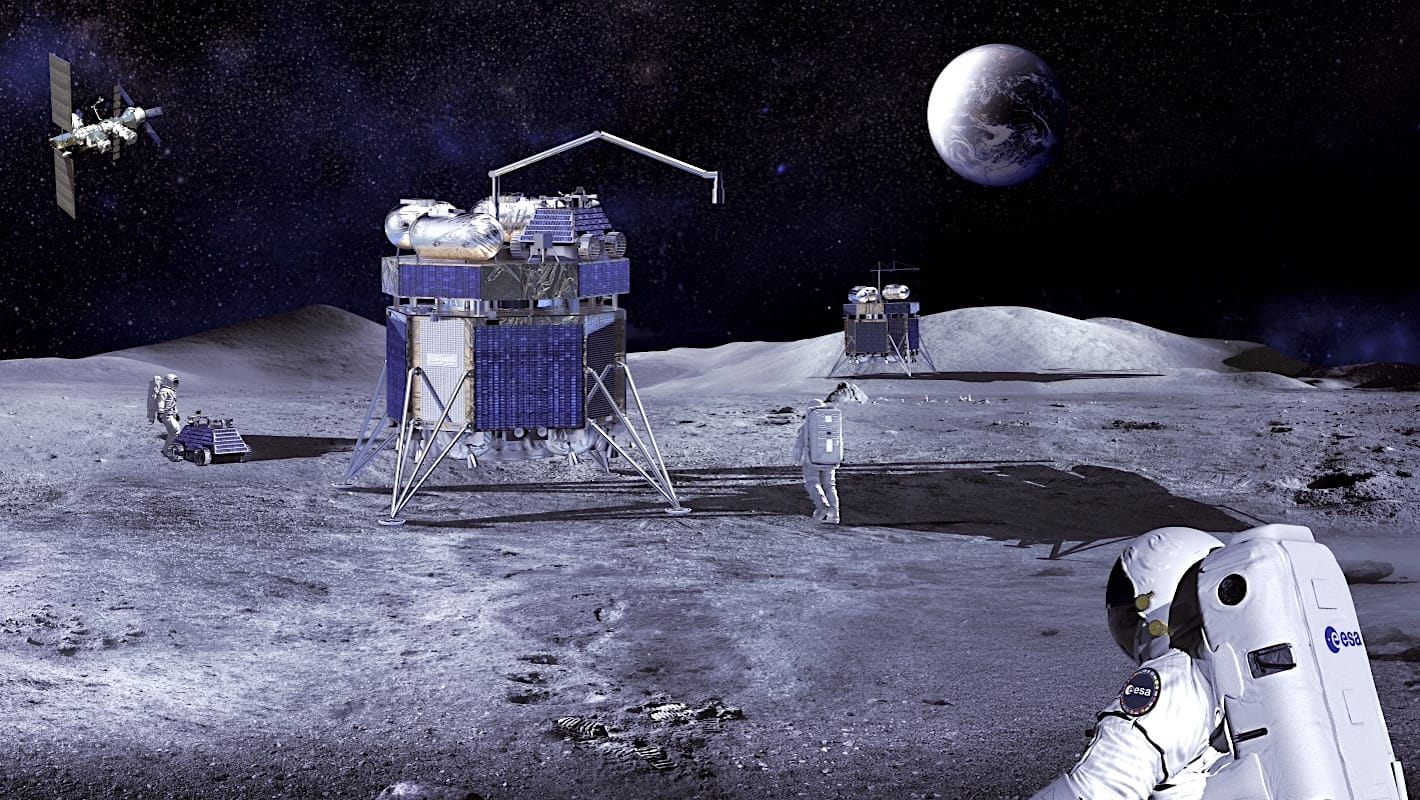
Many thanks to The Orbital Index, Henry Throop and Gurbir Singh for sponsoring this week’s Moon Monday! If you too appreciate my efforts to publish this curated community resource for free, support my independent writing. 🌙
The answer to which foreign Moon mission ISRO supported
Last week I wrote how the annual report of NSIL, an Indian government arm tasked with commercializing ISRO’s space technologies, notes that ISRO provided commercial ground tracking support for a lunar mission by another country in 2023. For some reason, the NSIL report doesn’t specify the mission name. NSIL has not yet responded to queries regarding the same. As such, we are left to guess.
Since the mentioned timeframe is 2023, my guess was the ground tracking support must have been for either Russia’s Luna 25 spacecraft or JAXA’s SLIM. Although SLIM landed in January 2024, it launched in September 2023. India’s geography with respect to Japan and Europe would’ve made it a suitable gap-filler for continued communications. I excluded ispace Japan’s first Moon mission as being the NSIL-ISRO customer on the assumed basis that ISRO doesn’t have publicly known cooperation arrangements with ispace like they do with JAXA and Roscosmos.
Now, multiple ISRO sources, and a public talk by a program lead at ISRO’s spacecraft communications arm ISTRAC, independently suggest that it was only Intuitive Machines who commercially used ISRO’s ground tracking support for IM-1, the company’s first NASA CLPS Moon mission. This use would be as part of Intuitive’s global network of commercially availed ground stations for its Moon missions, where ISRO’s presence was previously known.
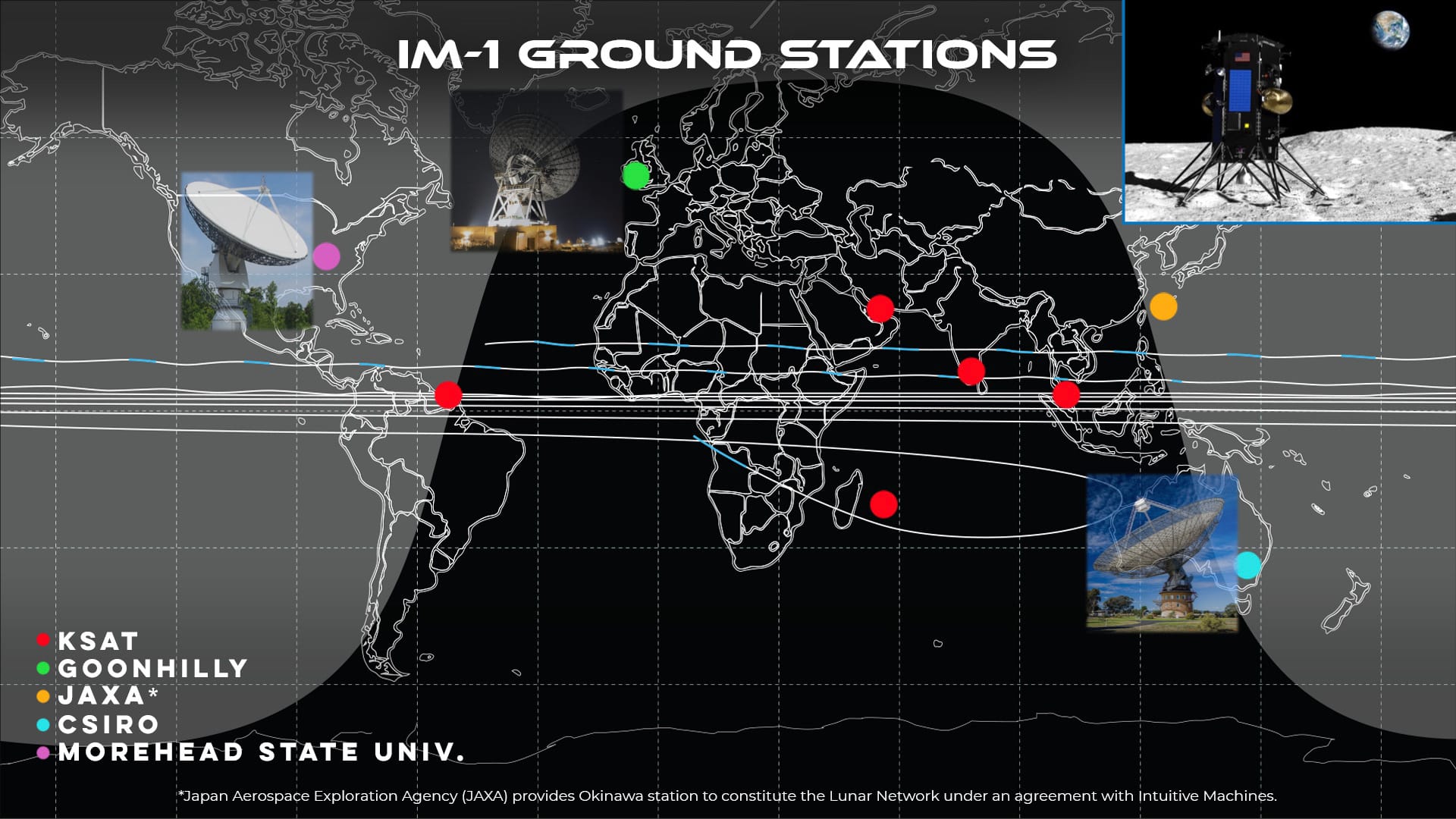
But there’s a catch. IM-1 happened in 2024, not 2023. NSIL’s annual report may be for FY 2023-24 but it also clearly states the following:
NSIL has provided one Deep Space Mission Support for a Lunar Mission of an International Customer during 2023.
The most likely thing here could be that the report made a writing mistake by not specifying the year as being fiscal. It makes one wonder how many other things across ISRO and ISRO-affiliated reports may have been inaccurate like this case?
Tangent: Here’s a paper on how orbit determination went for IM-1. Ignoring that the paper’s very first line says “Intuitive Machines (IM) recently met its goal of softly landing a robotic spacecraft near the south pole of the Moon”, because it was not a soft landing by any measure, the paper notes many interesting challenges. Here’s an example:
A common issue throughout the mission was a lack of real-time information on which station was being used as the transmitter and at what frequency the station was transmitting. The issue with determining the transmitting station mainly came from the fact that all tracking data produced was labeled as 2-way. In general, one station would be in 2-way as the transmitter and one or more other stations would be listening in 3-way configuration. Early in the mission, it was noted that it appeared that several of the LTN stations were not transmitting at the assumed requested frequency. No direct telemetry was available in the ground system to determine what the true transmit frequency was. In some cases, the transmit frequency for a specific station could change from pass to pass. This required significant effort to identify what the transmitting station was and at what frequency it was transmitting.
More Moon
- Jeff Foust reports that NASA’s Aerospace Safety Advisory Panel (ASAP) is requesting the agency to de-risk Artemis missions by simplifying them and essentially splitting them up such that each launch ties to fewer test objectives—Apollo style.
- With the successful emplacement of 20,000 kilograms of Moon-like anorthositic material from Greenland, ESA nears completion of a lunar dust mimicking lab at its versatile new LUNA analog facility. Here Moonbound hardware can test the reliability of their operations under Moon-like dusty environment.
- As human exploration and activities on the Moon continue to increase, a research project led by MIT is inviting people to participate in an anonymous survey by responding with what lunar sustainability means to them.
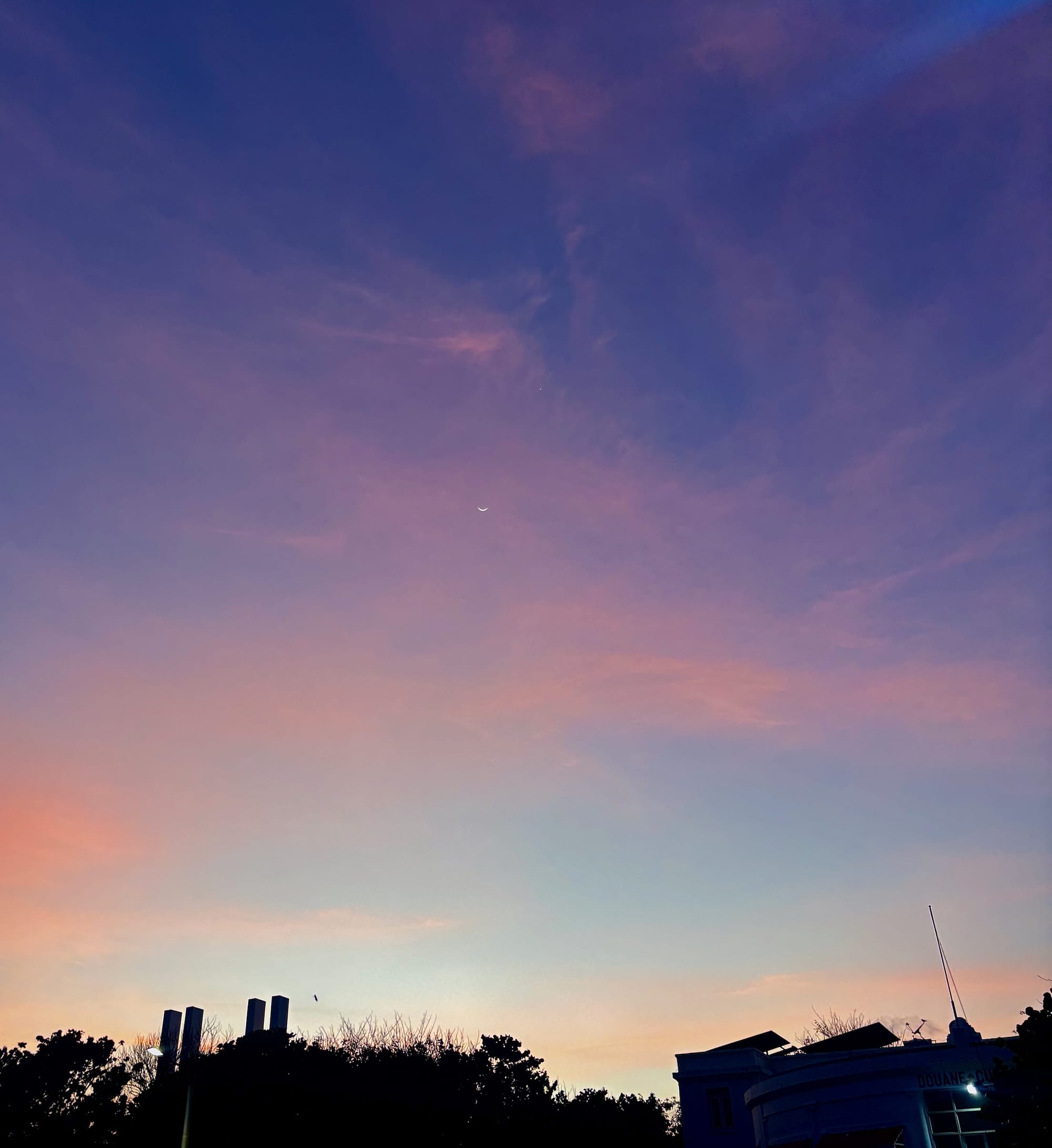
Editor’s note of no consequence: I’m publishing this edition of my Moon Monday blog+newsletter from a beach in Puducherry, India. It’s quite nice right now after dusk. A dark windy seashore you can hear more than see. A crescent Moon, red Mars, bright Jupiter and Venus, and stellar Orion hang above. Moving wave crests are lightly lit by ambient light. What a lovely experience of breezy serenity. 🌊🌌
Perhaps the only purpose of this editor’s note is to make those who read until all the way here reflect and smile a little.
